On this episode of Ask The Expert, we'll be answering some questions about the design of Confidence 20, including its rather unique bass port design, the innovative accompanying stand, as well as what sand can do for your stand.
Be sure to keep on sending those questions to Ask The Expert – they are what really keeps the whole thing ticking, after all! You can do this via the form "Send us your questions" at the bottom of this very page. We look forward to seeing what' on your mind.
Why is the bass port directed downwards and how does it interact with the stand?
A key principle of design is that form follows function, but what if the "form" of a loudspeaker forces you (or inspires?) to make some interesting and innovative design choices, such as is the case with Confidence 20? Well, it leads to an interesting discussion, and it's for that very reason, that we have chosen to focus on the above question for this episode of Ask The Expert.
The design choice in question is Confidence 20's bass port – a rather interesting design for several reasons. Of course, when discussing bass ports, it's important to understand what they are and how they work. Fortunately, we've talked a lot about bass ports on previous episodes of Ask The Expert, which you can find here and here.
However, to briefly explain for the sake of this article, a port more or less functions as an organ pipe. That is to say; it's a plastic tube which is tuned to a specific frequency, and this frequency is defined by the length and diameter of the port. Often a larger and longer port is necessary in order to attain the desired frequency whilst minimising unwanted port noise or "chuffing" – by making the port larger, you don't need as much velocity to have the same amount of air moving back and forth, which means that you can play louder without having any noise from the port.
Although it's always an advantage to have a large port, the problem is that a port this large doesn't always fit inside of the speaker cabinet. This is exactly the case with Confidence 20: the port is physically too long to fit horizontally in the cabinet of the speaker. Therefore, we've designed Confidence 20 with the port positioned vertically inside the cabinet (as illustrated in figure 1 below), simply to ensure that it fits.
figure 1.
Fortunately, this design has some additional advantages. For example, if – by the design of the port itself – it's not been possible to eliminate port noise entirely, by directing the port downwards, this noise won't be nearly as audible from the listening position as it might be from a more traditional, rearward-facing port where these noises can be reflected off the rear wall.
A second advantage is that, by putting the port slightly close to the floor, you actually get a boost in the bass frequencies, compared to having it further up in the cabinet. Of course, this is not super relevant on the Confidence 20, because it's a stand-mount speaker, and is therefore raised above the floor anyway.
What having a downwards-firing bass port on a standmount speaker such as Confidence 20 does do, however, is that it impacts how we design the stand. With Confidence 20, the stand actually comes with the stand included in the price, for the very good reason that it is a design unique to Confidence 20, which has be designed specifically to work with the down-firing base port.
If you were to try to use a "normal" stand with a speaker such as Confidence 20, the bass port being directed straight towards the flat surface of the stand would create unwanted noise when the air is moving in and out of the port. To mitigate this, we developed this soft, domed surface for the top of the stand, which creates an even spread of the air coming in and out of the port, and in turn reduces port noise (see figure1. above).
One other thing that's very clever about this design is, as you can imagine, when you're placing it here, the port's really fully closed off, and yet not completely open. The distance between the top of the stand and the exit of the port – those extra couple of centimetres – have actually been calculated as part of the length of the port itself. As mentioned earlier, the length of the port defines the frequency, so without this very slight gap between port and speaker stand, the frequency of the port would not be correct – this "gap" quite simply forms part of of the port itself.
it's important to point out that the hole slightly lower down in the back of the speaker is not part bass port, as many have have surmised, but is rather simply a hole for cable management.
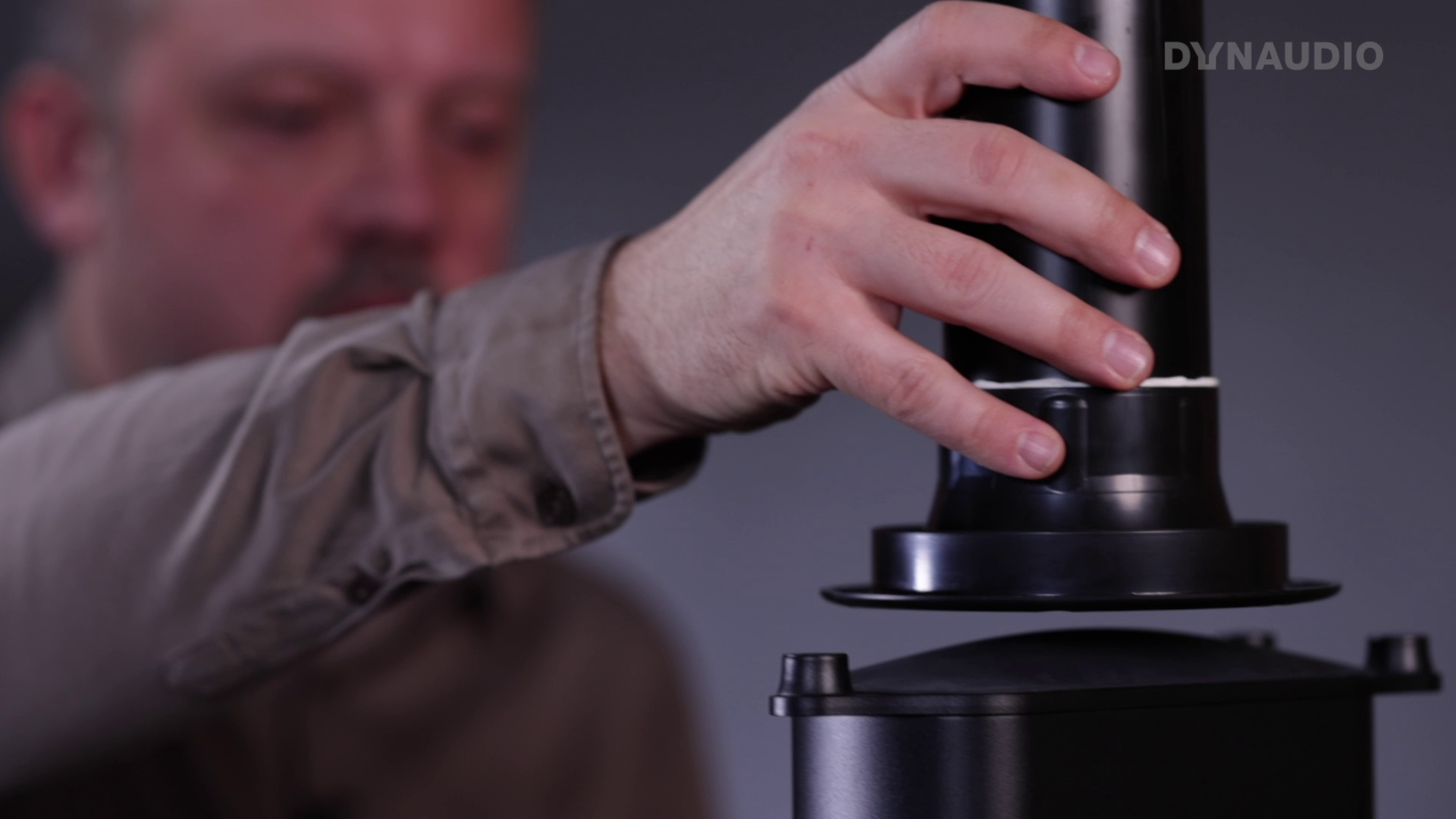
How does filling the stands with sand improve the sound?
All of our speaker stands are designed in such a way that you can put sand inside of them, the benefits of which we have discussed on a previous episode of Ask The Expert but which we will briefly discuss again now.
Filling a speaker stand with sand of course makes the it very heavy, and by filling the stand with a heavy substance such sand, you create a solid foundation for the speaker to rest upon. A heavy, non-resonant stand will ensure that the speaker doesn't vibrate in undesirable ways, meaning that you get less distortion, because the stand inside serves to acoustically dampen the stand.
An empty, partially hollow stand on the other hand will resonate and ring when struck, and in the same way could be caused to vibrate by an actively playing speaker. These vibrations are at risk of creating unwanted distortion and artefacts, and therefore a heavy, dense stand is a perfect (and very simple) way to combat this potential issue.
Why does Confidence 20 have a different tweeter surround design to the other models in the series?
This question refers to the tweeter surround, which on the floor-standing Confidence models is what we call the DDC lens. The DDC lens is designed to direct the sound of the tweeter towards the listener, whilst reducing reflections from the floor and ceiling. The question of why this design isn't present on the Confidence 20 has a fairly straightforward answer: the DDC lens was designed to work with the horizon surround and the mid-range drivers that are on the larger Confidence models, and is dependent on having two mid-range drivers; one above and one below the tweeter. Confidence 20 only has the one woofer, and so the DDC design doesn't work in this instance.
So we've opted for a more conventional tweeter design for Confidence 20, which is what gives the best performance in this particular model, whereas the DDC lens is reserved for the floorstanding models in the range.
Send us your questions
Don't forget to submit your questions to our experts via the form below – they might just get featured in a future episode of Ask The Expert!


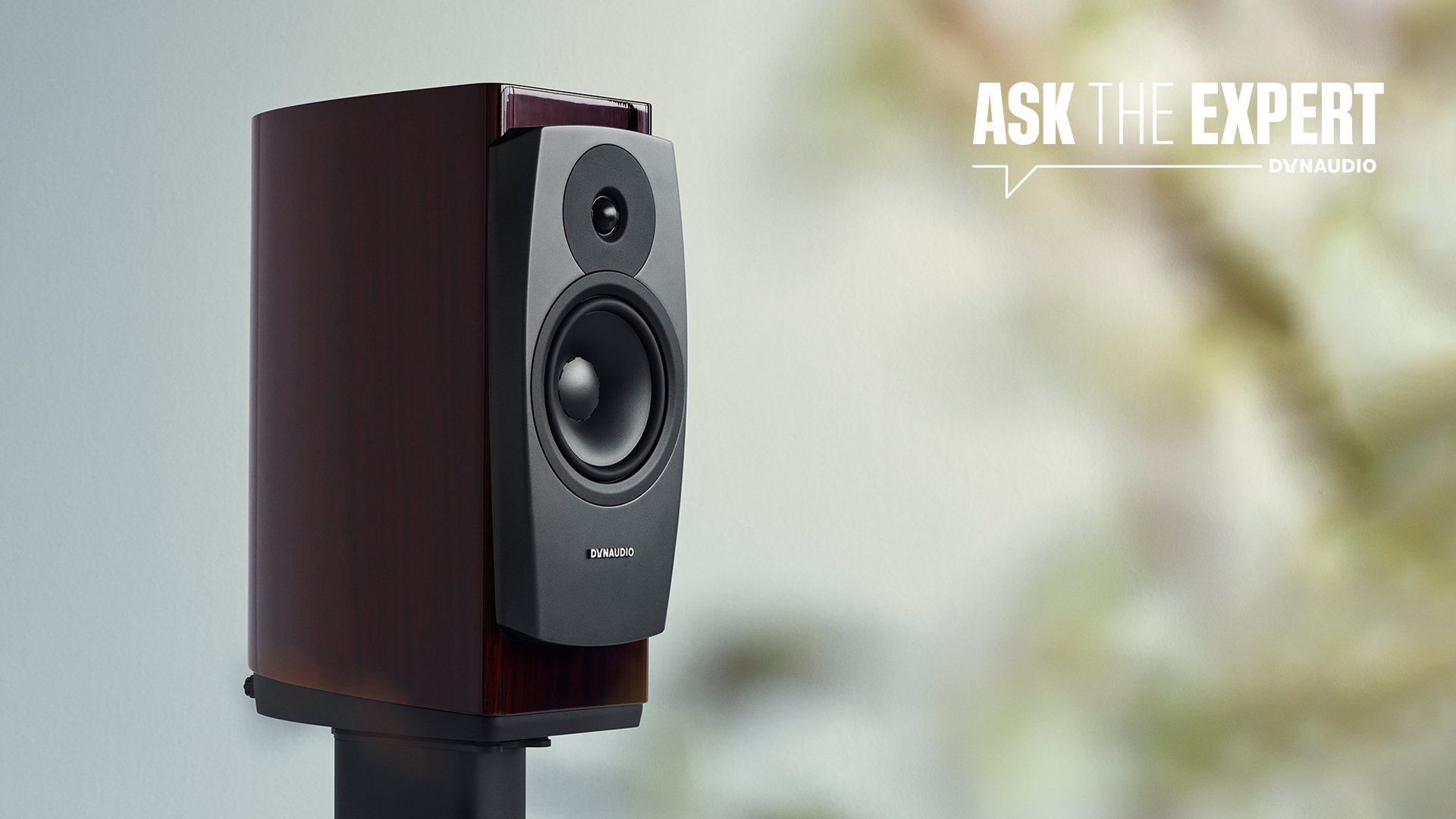

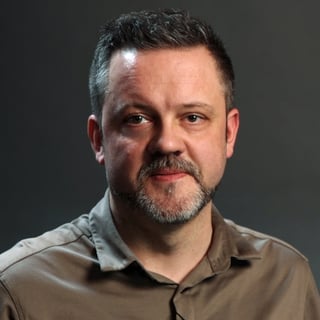

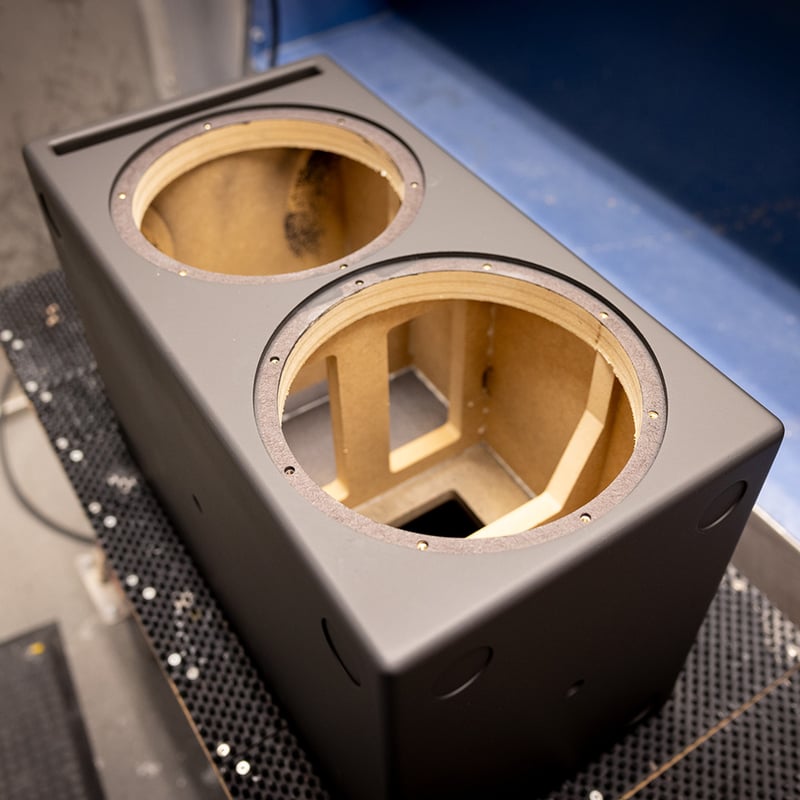
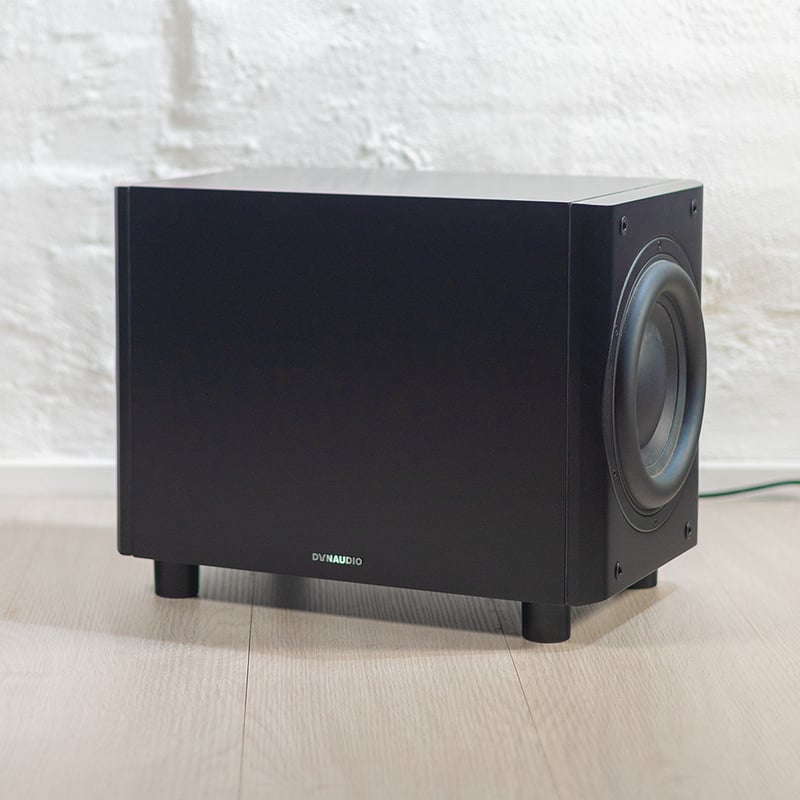
6 comments